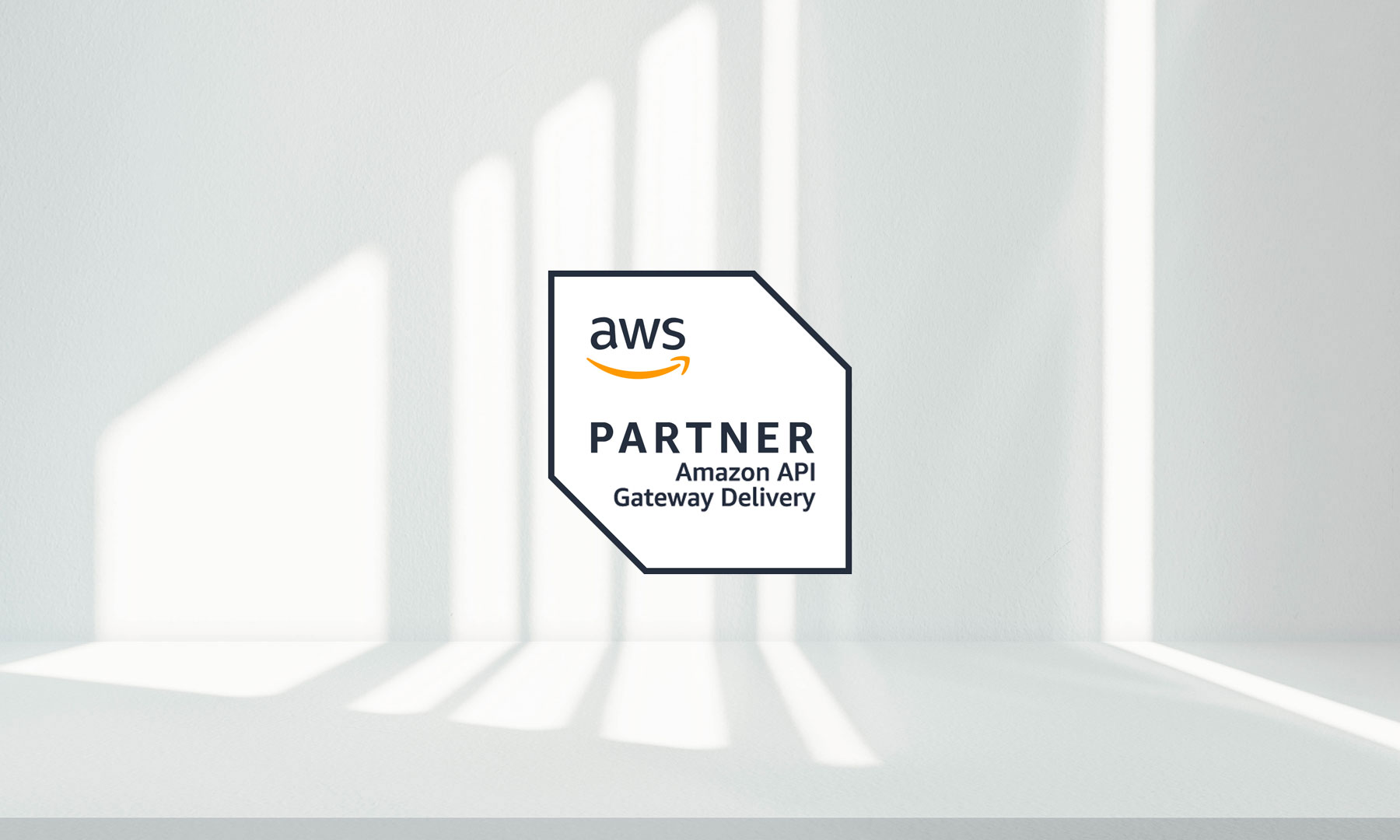API Gateway

Automatically scales
What you should know
API Gateway
API Gateway is a fully managed AWS service, it acts as a front door for applications to access data, business logic, or functionality from various backend services, such as Lambda functions, EC2 instances, or HTTP endpoints. It provides a centralized platform for managing APIs, allowing developers to focus on building application logic instead of worrying about infrastructure.
Benefits
With API Gateway, you can easily create RESTful APIs and WebSocket APIs, and it automatically scales to handle high traffic loads. It also offers built-in security features like API key management and authorization, ensuring that your APIs are protected. You pay only for the API calls received and the amount of data transferred, without upfront costs or infrastructure management. API Gateway offers comprehensive monitoring and logging capabilities, allowing you to track API usage, performance, and errors, as well as gain insights into client behavior.
Integration with AWS services
Integration is a key strength of API Gateway. It seamlessly integrates with various AWS services, such as Lambda, DynamoDB, and S3, enabling you to leverage their functionalities within your APIs. For example, you can directly integrate with AWS Lambda to execute serverless functions in response to API requests. You can also integrate with existing HTTP endpoints or web services, allowing API Gateway to act as a proxy between clients and backend services. This flexibility in integration options makes API Gateway a versatile tool for building and connecting different components of your application architecture.
Use cases
API Gateway is widely used in a range of use cases. It is commonly used for building RESTful APIs that serve as the foundation for web and mobile applications. It is also well-suited for serverless architectures, where it acts as the entry point for serverless functions. API Gateway is often employed in microservices architectures, aggregating and orchestrating multiple microservices into a single API. Additionally, it is a popular choice for creating backend for frontend (BFF) patterns, enabling frontend developers to have control over the APIs they consume. Lastly, API Gateway provides a secure and scalable solution for building backends for mobile applications or Internet of Things (IoT) devices.
Haben Sie Fragen, wir helfen gerne!Carlos Kazuo Missao




